Last year, my parents took their first-ever group tour to France, Belgium, and the Netherlands. You know, those tours where you share a coach bus with 30 strangers for a week, stop at popular tourist draws, stay in pre-arranged hotels, and go on guided city walks with bright orange audio boxes that might as well be “look at me, I’m a tourist” placards. I tried to dissuade them, offering to plan their entire Eurotrip myself, but they ultimately opted for the tour’s convenience and relative all-inclusiveness. Now they’re absolutely hooked, with two more tours under their belt this year.

I Took a Group Tour for the First Time, and It Defied All My Expectations
For an older crowd that really doesn’t want to handle their own luggage or navigate their own transportation — particularly in countries with a language barrier — the format always made sense to me. But for everyone else I maintained the stubborn opinions that independent travel is always better; that group tours were too rigid and restrictive to really count as traveling; that, to take liberty with the famous Ben Franklin quote, those who sacrifice freedom for convenience deserve neither. Through several discussions-turned-arguments with my parents, I spent the past year trying to understand the allure of the group tour. The only way to really do it, though, was to swallow my pride and take one myself.
What a group tour looks like
I ended up choosing a 10-day itinerary through the UK and Ireland with a company called Costsaver, a division of Trafalgar Tours. As the name suggests, it’s a more budget-friendly tour than some other providers (trips start at around $1,400 while similar trips with other providers could start at $2,000). Hotels were between three- and four-star quality, and while a few group dinners were included, the rest of the meals were at the travelers’ own expenses. This was fine with me since I prefer the freedom of choosing my own restaurants anyway.

Photo: Ceri Breeze/Shutterstock
Each day pretty much followed the same structure: wake up around 8:30 AM, board a coach bus with 35 other people, and stop at scenic viewpoints and historic towns, where the tour director often gave guided walking tours, before arriving at your destination around 5 PM. You’ll get to know your tour director pretty well — their voice is the soundtrack of your trip, regularly piping in over a microphone during the bus ride with interesting tidbits about the area.
Optional experiences are also a huge part of group tours. These could be anything from scenic ferry rides on a lake to castle tours to cabaret dinners in local pubs. More expensive tour companies may include these experiences at no extra charge, but Costsaver charges per experience, which I actually preferred, as it let me curate a more personalized trip without paying for activities that didn’t interest me. While Costsaver’s trip structure seems pretty standard for group tours, it also has a ton of built-in flexibility for free time when you want it, and the ability to customize your days through a range of optional experiences. The company describes itself as “the most untoury tour you’ll find” — exactly what I was looking for.
Embrace the awkward
When I boarded the coach in London and looked, through jetlagged eyes, down the aisle filled with eager passengers, all my fears flooded back to me.
“What am I doing?” I asked myself as I looked for a seat. “This whole thing is completely against my travel philosophy. Spending my trip tethered to a bus, to a strict itinerary — this isn’t traveling.”
As a seasoned traveler, I’m the first to admit: seasoned travelers are full of shit. We think we know the “right” way to travel just because we have a bunch of passport stamps. We think off-the-beaten-path, hack-your-way-through-a-jungle-with-a-machete adventure is the only kind of travel that counts, and anything easy must inherently be wrong.
I had a moment of minor claustrophobia as I settled into my coach seat.
The awkward, forced socialization that lay ahead of me reminded me of the first day at summer camp. The pressure to make friends, be funny, sum yourself up in two breezy sentences, and fit in — because failure to do so meant days of uncomfortable silence — was all too palpable. But like summer camp, I quickly learned that once you push through the initial awkwardness, and the fear of leaving your comfort zone, things can actually get pretty fun.
An untoury tour, indeed
Group tours have a defined narrative arc. They’re a Hero’s Journey of embarking for the unknown, with a cast of quirky characters, punctuated by pockets of adventure and mishap. And of course, there’s the ultimate goal of the journey — the reward not just of an adventure but of newly obtained knowledge and perspective.
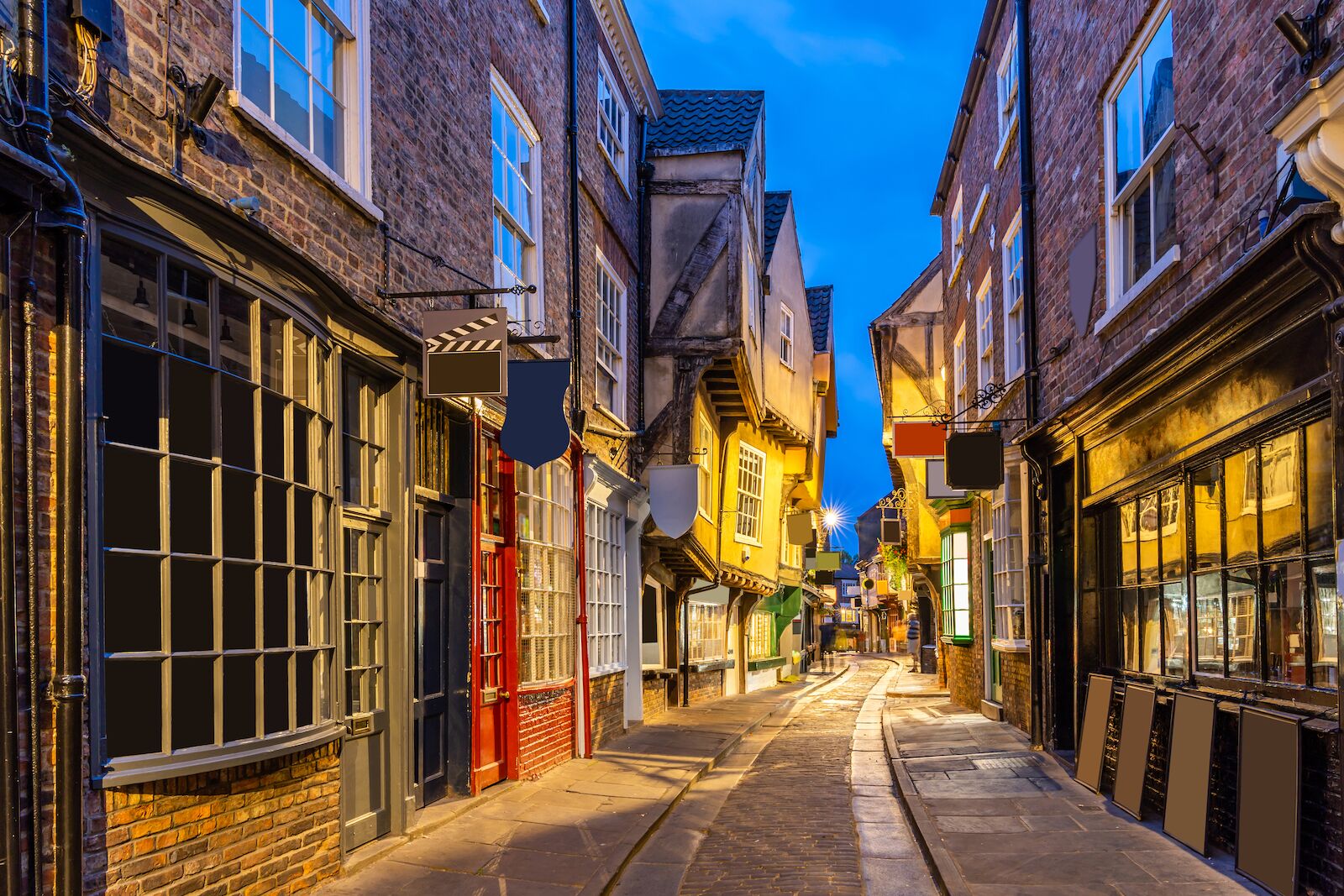
Photo: vichie81/Shutterstock
Our journey began with a ride from London to York, with a stop in Stratford-upon-Avon, Shakespeare’s birth town. In York, the group took a walking tour guided by our tour director, Selene — the quintessential Englishwoman, equal parts dry sarcasm and impeccable social grace. Because walking tours aren’t my thing, or maybe because I have an irrational fear of those orange audio boxes, I gave Selene the heads up that I’d be skipping the tour and walking around on my own. She didn’t mind at all.
“You can do that?” asked Kip, the guy I’d sat across from on the bus. Kip and his wife, Tasha, are from Reno and had booked the trip last-minute for its affordability.
“Why not?” I shrugged. “It’s our vacation. As long as we’re not late getting back to the bus, what’s it matter?”
They consulted each other privately before eventually deciding to stay with the group. Deviating from the itinerary can feel strange, even if you’d rather forgo an activity for something more independent. But for those worried that group tours are too restrictive, it’s actually the best way to maximize your experience. Just make sure to communicate with your tour director so they know what you’re doing, where you’ll be, and aren’t accidentally inconveniencing anyone.
I ended up wandering the city alone and found a tiny shop with a line around the corner. The shop, called York Ghost Merchants, makes and sells handcrafted ghost statues, each one different from the next. Like Harry Potter wands, the ghosts are supposed to “choose” their owners, so the shop only lets in six customers at a time to allow plenty of space for establishing a ghostly connection.
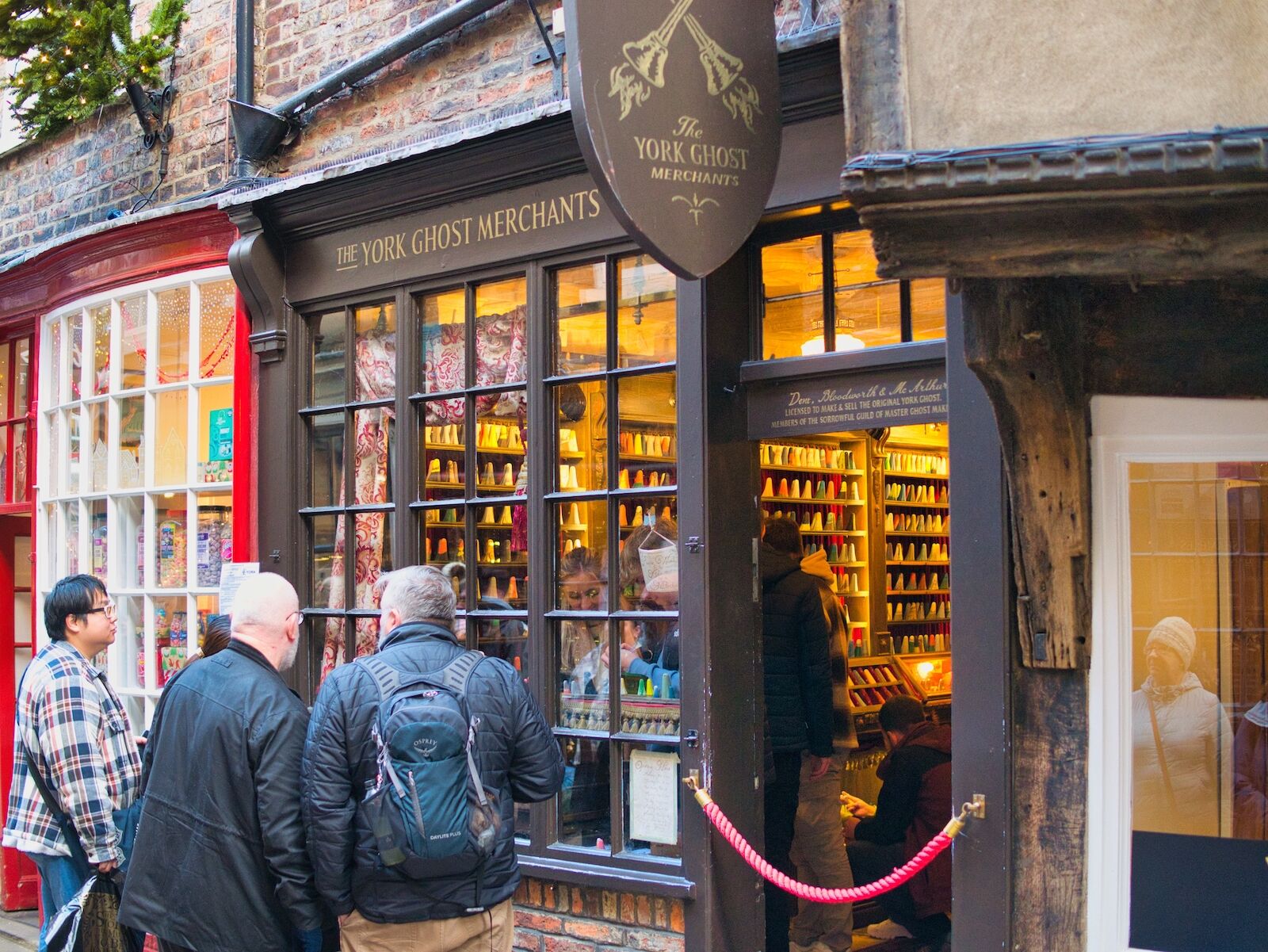
Photo: AlanMorris/Shutterstock
Back on the bus, I looked around at everyone’s souvenirs. One couple sported matching scarves. An older woman was trying to stuff a print of York Minster Cathedral into her backpack. Kip and Tasha got a candle that was supposed to smell like the childhood home of the Brontë sisters. I slid my little blue- and white-speckled ghost into the side pocket of my backpack, where it would remain for the rest of the trip.

Photo: Daniel_Kay/Shutterstock
From York, we headed north through England’s snowy Lake District to Glasgow, Scotland. The rolling white hills were some of the trip’s best scenery, though the roads certainly tested the patience of our coach driver, a stout Glaswegian man named Ducky. Warm, funny, and always friendly, he was also the kind of guy who didn’t look afraid of a pub fight.
Because you can’t punch snow into submission, he muttered under his breath — but audibly enough that we could all hear him — cursing the snow and the inept drivers piling up in front of us.
“Jist three inches ay snaw but yoo’d think it’s Armageddon…”
Unbeknownst to him, his frustration gave us all a shared comedic experience to bond over. For the first time, laughing at Ducky’s mumblings on those white moors, my busmates felt like real travel companions.
We took a ferry from Scotland across the Irish Sea to Belfast where we learned a great deal about the city’s troubled past. A spirited local guide, short in stature but high in energy, boarded our coach for a driving tour of the city, which included signing the iconic Peace Wall. Then we headed south to Dublin, where we enjoyed dinner and music in a local pub called The Old Punch Bowl.
While listening to fiddles and guitars, I dined on beef stew across from Bryan and Larissa, a quiet 20-something couple from Missouri that was there on their honeymoon.
“So, is this your first group bus tour?” I asked, trying to figure out what attracted a younger couple to tours typically geared toward an older demographic (the average age on ours was probably 50).
“Yeah. We usually do cruises.”
“And what do you think so far?”
“I like it,” Larissa shrugged. “We’re big travelers. We try to go to at least three new places a year. I run a health blog, so I show people how to eat healthy while traveling.”
“Anywhere else planned this year?”
She ordered her second Coke.
“We’re going to the Dominican Republic on a cruise in March. Then in June we’re flying to Punta Cana. We love the sun.”
“So you’re going to the DR twice? Punta Cana is in the Dominican Republic.”
“Is it?” She looked at Bryan for confirmation. He was too busy tucking into his third dinner roll. “Well how about that. I guess we are.”
The fiddles played on. Some got up from their tables and started dancing an Americanized hybrid of an Irish jig and square dancing. Larissa and Bryan talked a bit more about how they’d spent their afternoon in Glasgow in an escape room, but the conversation dwindled. Though I hardly spoke to them the rest of the trip, that dinner underscored the social value of group trips. Maybe you’ll become fast friends with your busmates and maybe you won’t, but there’s no better way to meet a range of people from a variety of backgrounds, and truly have the time and breathing room to get to know them.
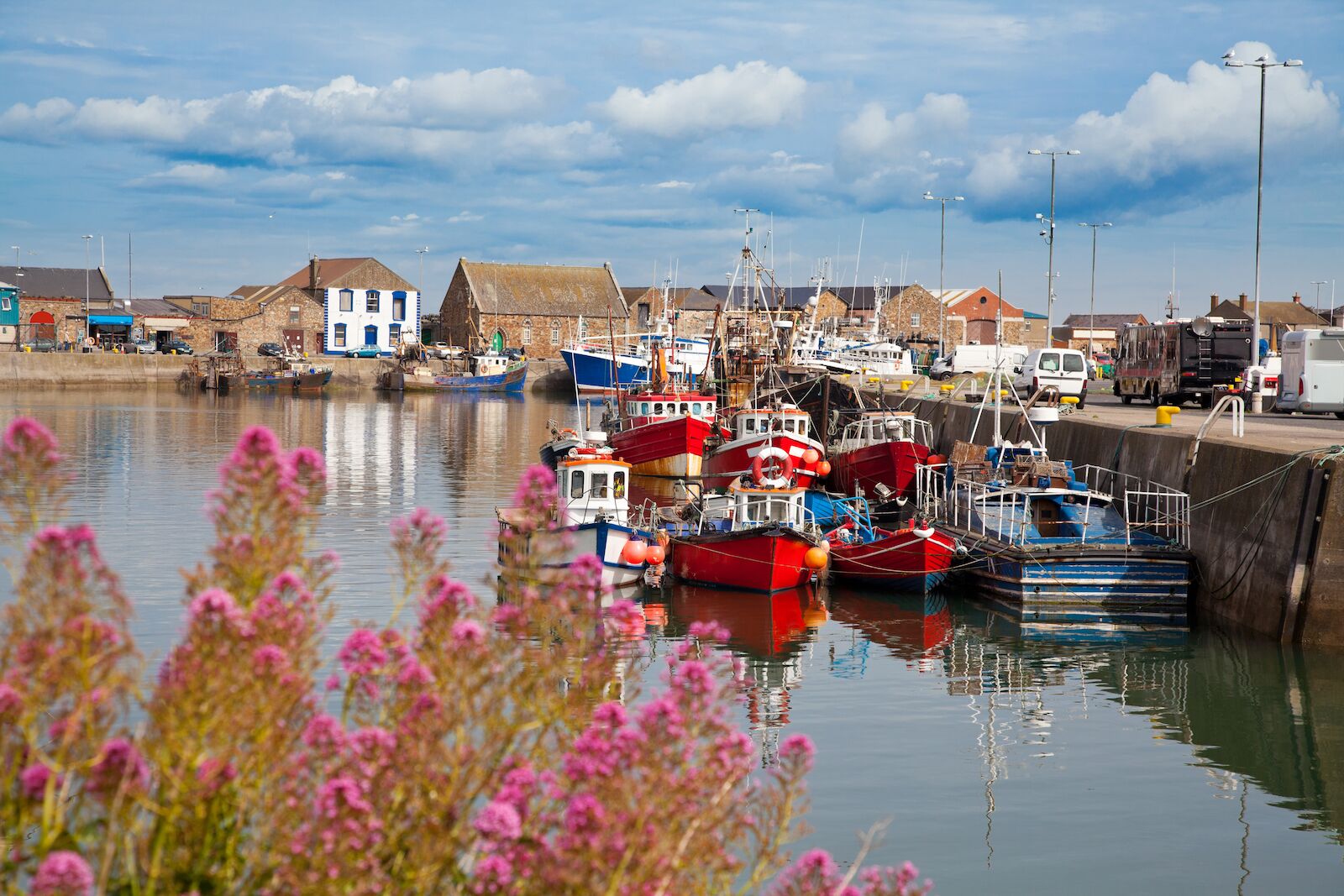
Photo: Gabriela Insuratelu/Shutterstock
The next day was slated for an optional trip to a monastery on the outskirts of Dublin. Eager to take advantage of a free day, I decided to make my own plan, going instead to the coastal village of Howth. Just 45 minutes from Dublin by train, this small seaside fishing village is home to a 15th-century castle, the medieval ruins of St. Mary’s Abbey, and some of the best seafood you’ll find in Ireland. It was the perfect day trip that allowed me to take a break from the coach and explore on my own.
From Dublin we headed south to Waterford, a town on the River Suir known for Waterford Crystals. We were supposed to stay in Waterford one night and depart the next morning on a ferry to Cardiff, Wales. There was only one problem.
“I have unfortunate news,” Selene, our tour director, announced at dinner that night. “Tomorrow’s local ferry is canceled due to weather. We’ll need to take a different ferry from Dublin, which means we’ll be leaving the hotel tomorrow morning at 4:45 AM.”
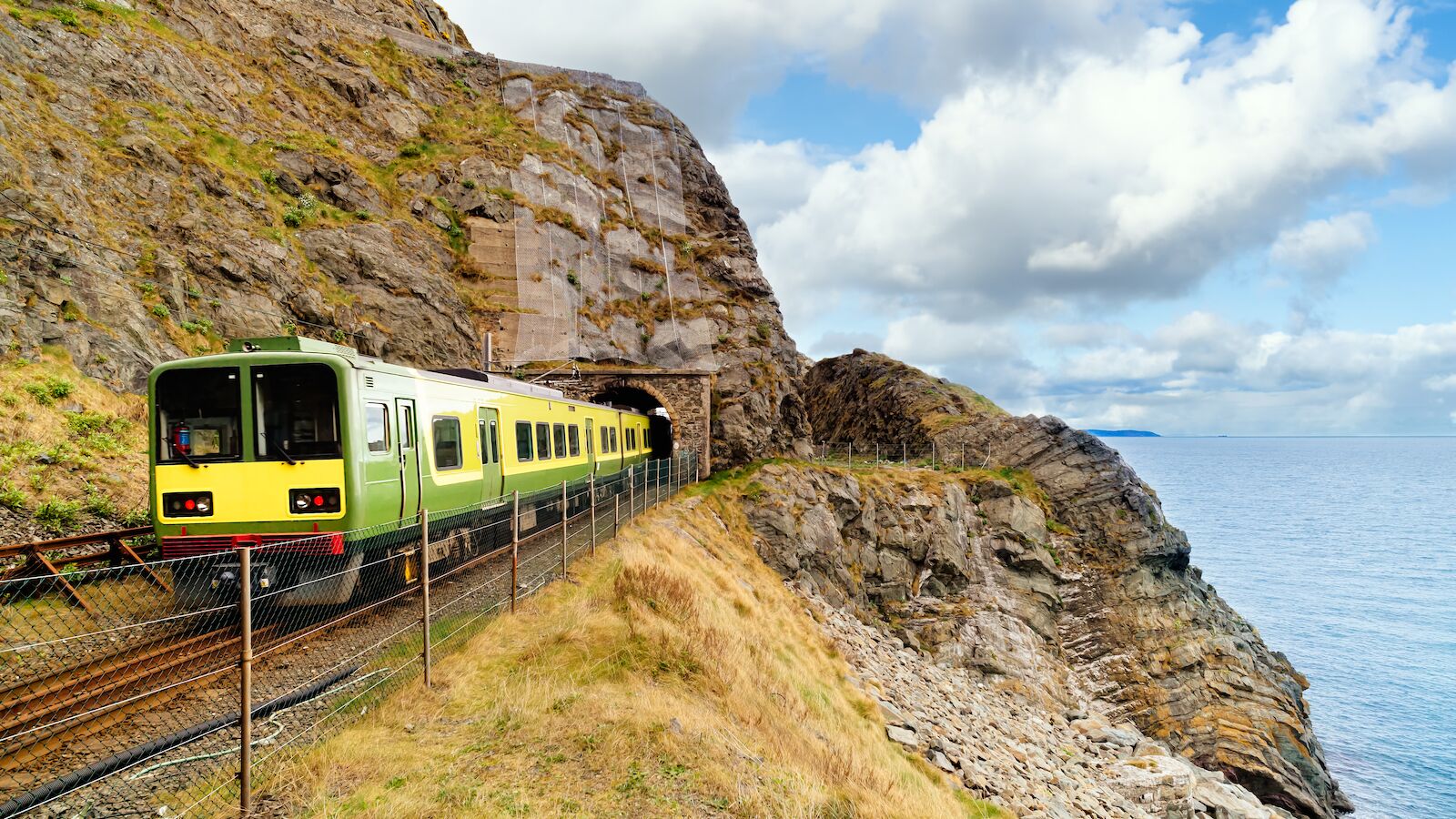
Photo: Dawid K Photography/Shutterstock
Since individuals can travel more nimbly and flexibly than a group of 35 (and because waking up at the crack of dawn isn’t my cup of English breakfast tea), I started Googling ways to get to Cardiff that didn’t require a ferry from Dublin. I settled on flying directly from Dublin to Cardiff ($60). All I had to do was get myself from Waterford to Dublin by train ($15), then grab an Uber to the airport ($20), and upon landing, a local train to Cardiff’s city center ($5). The best part? To catch my scenic train ride along the Irish coast, I didn’t have to wake up until 10 AM. And since I arrived in Cardiff by 4 PM, I even had enough time to explore the Christmas markets and enjoy dinner at Pasture, a lively steakhouse famed for their locally sourced meat. My Chateaubriand steak with a side of baked potato and hot-honey-drizzled carrots was, without hyperbole, the best meal I’ve ever had.
Around 10 PM, I ran into Ducky outside the hotel smoking a cigarette. The coach had just arrived.
“Thocht we lost ye,” he said.
“Not quite. I just flew.”
“Wish ah could’ve floon. But then who’d drife th’ damn bus?”
He took another drag, clearly in no mood to talk to someone whose day had gone easier than his. On my way back to my room, I saw Kip and Tasha in the hallway looking like a pair of sleepwalkers.
“You made it,” they said.
“You made it,” I said.
They exchanged a glance full of commiseration.
“Costsaver was great, honestly,” said Tasha. “The ferry cancellation wasn’t their fault, but they still comped our dinner at a really nice French restaurant. And Selene was amazing too. They made the best of a tough situation. But yeah, if that ever happens again, we’d definitely join you for a little Amazing Race action.”
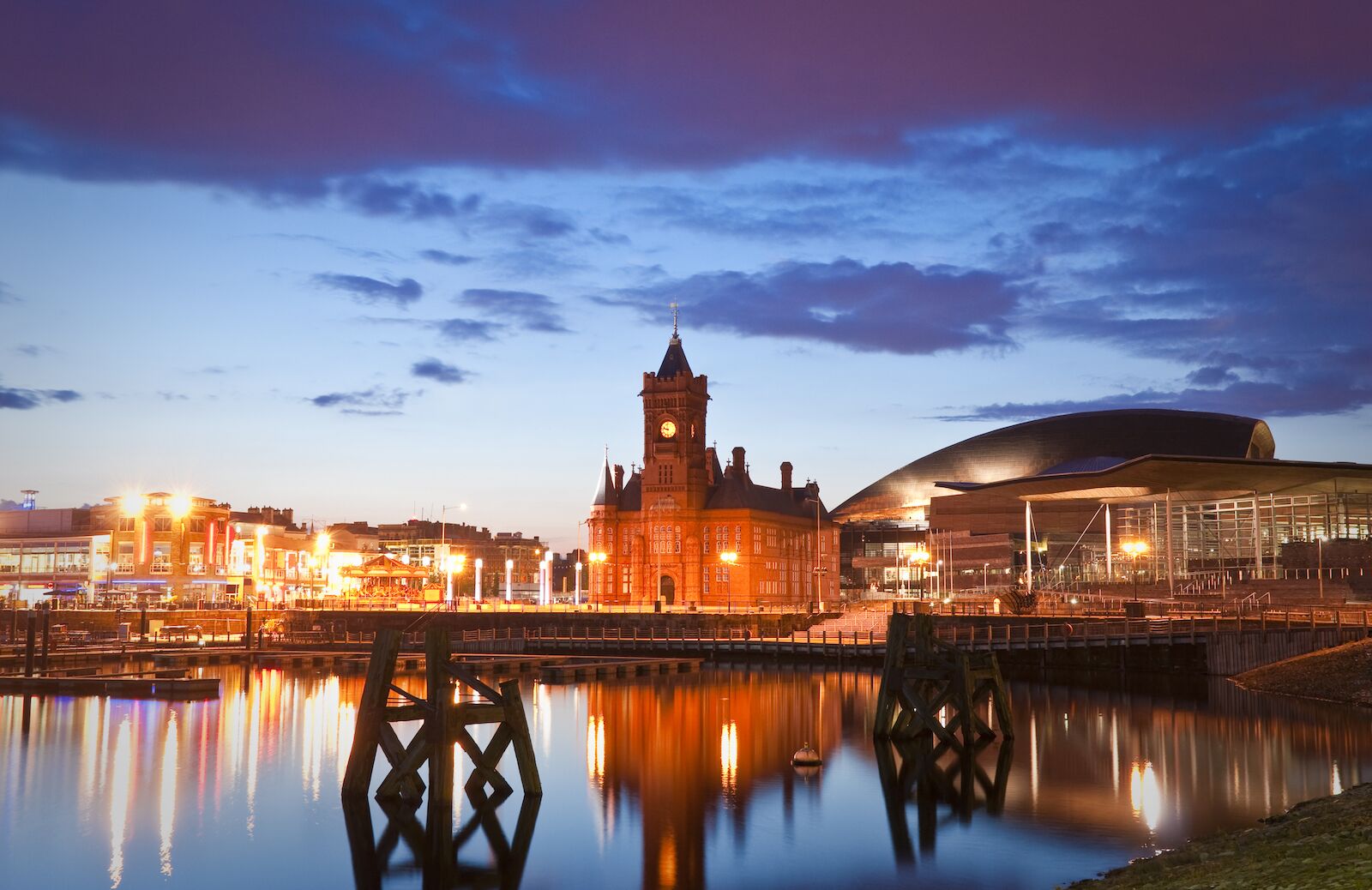
Photo: Matthew Dixon/Shutterstock
The rest of the trip, I managed to actually stay with the group. We went from Cardiff to Bath, whose famous spas date back to Ancient Roman times, and then to Windsor before ending the trip in London. While you obviously don’t have quite as much freedom when you stick with the tour, you also benefit from your guide’s expert knowledge, historical insights, and even discounts to some museums and attractions. Not to mention, of course, the convenience of not having to manage your own transportation from point A to B.
When I consider my time in the UK, of course I remember the snowy Yorkshire moors, the beautiful voyage across the Irish Sea, the Peace Wall, fiddle music, and my Chateaubriand steak. But mostly, I remember catching a train on my own to Howth, and then playing the planes, trains, and automobiles game to find my way back across the Irish Sea.
The ferry debacle is highly unlikely to replicate itself on another group tour. Usually the itinerary runs smoothly and long detours never enter the equation. But it underscores how I believe group tours should be approached by those wary of adhering to an itinerary. View the tour as a template to be followed when the activities appeal to you and departed from when they don’t (just be aware that if you miss the bus, you’ll be responsible for reconnecting with the group and any incurred expenses). If you love every activity, optional excursion, and walking tour on the schedule — great. You’ll thrive on a group tour. If you don’t, use the coach as your personal transport service. Enjoy the convenience of being driven to places that would’ve been tougher to reach on your own, and once you’re there, exercise as much freedom as you want. It’s all about carving out your own personalized adventure within the trip’s guardrails.
The group tour Hero’s Journey
Made famous by writer Joseph Campbell, the Hero’s Journey outlines key stages every protagonist must go through to have a compelling character arc. I’m not saying everyone who goes on a group tour is Odysseus, but I am saying that the Hero’s Journey is a pretty good way of explaining these tours, especially through the lens of a skeptical “protagonist.”
Among others, the various stages include the Call to Adventure (venturing from your comfort zone), the Refusal of the Call (the doubts swirling in your head), Crossing the Threshold (actually embarking on the journey), the Ordeal (a challenge that serves as a transformative moment), and finally, the Return with the Elixir (returning home with a new, enlightened perspective). A version of this Hero’s Journey happens during every travel experience, but it feels particularly strong, even particularly transformative, on the group tour.
Everyone’s journey is unique to each person. The destination will change. The Ordeal will take many forms. Even people on the same trip will return home with different transformative experiences, and different elixirs. For me, the elixir was a little ceramic ghost that reminds me, every time I look at it, that freedom and convenience aren’t mutually exclusive.